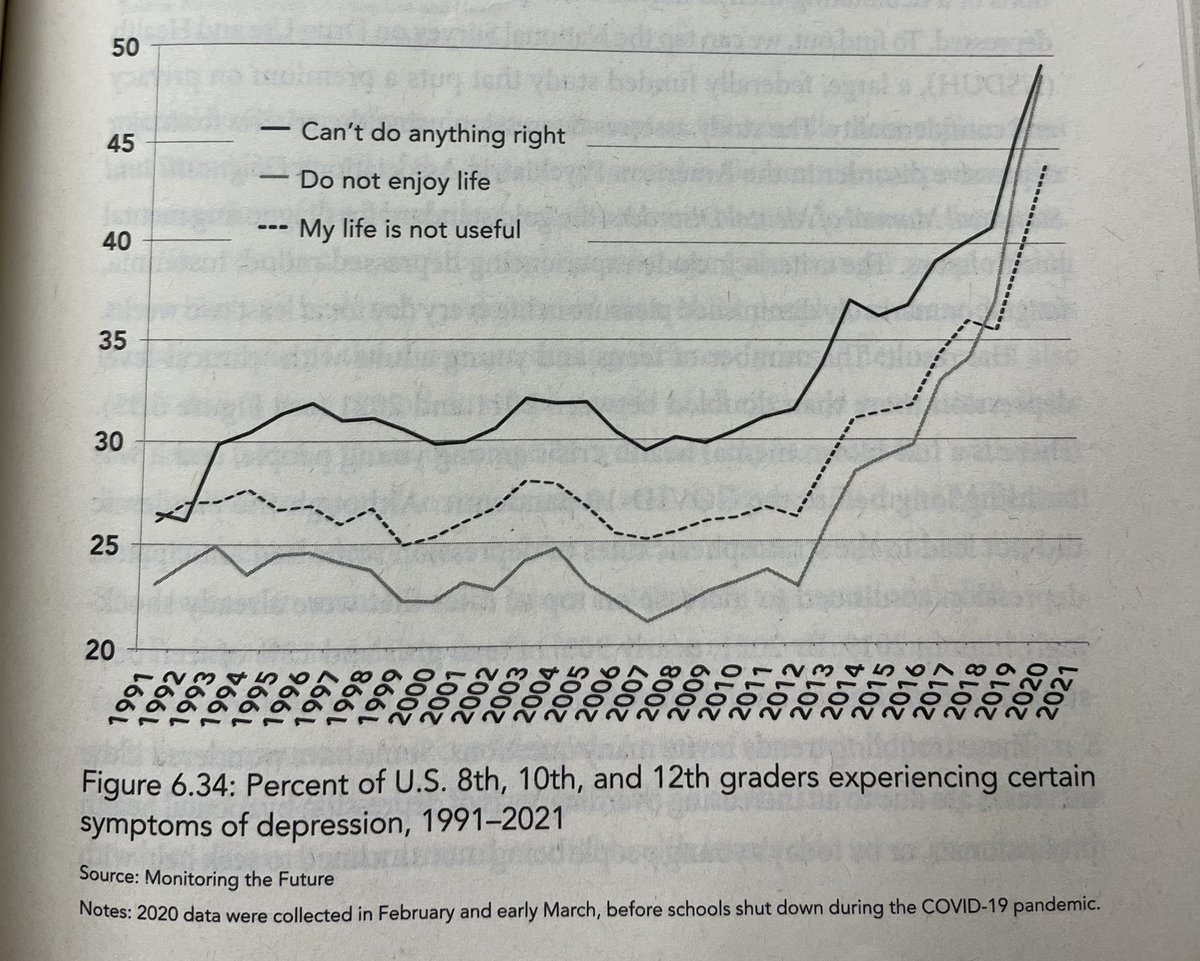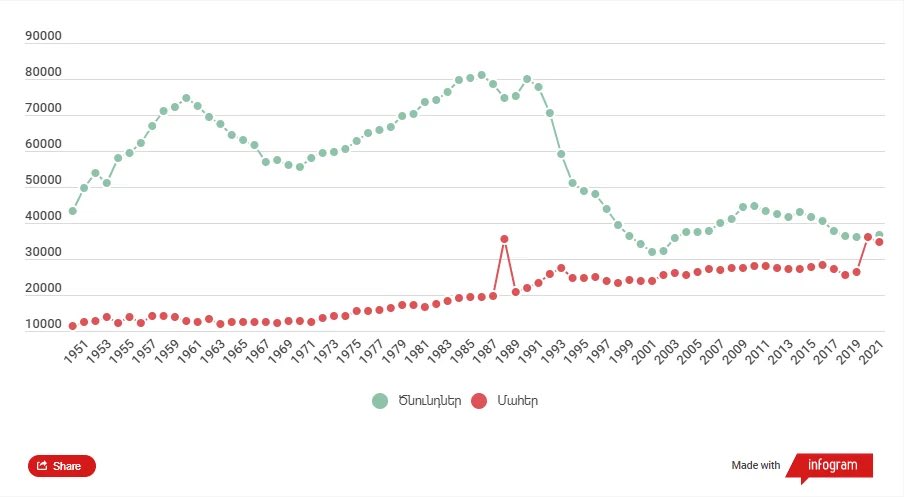The "dying bear" narrative surrounding Russian demographics is overplayed. It ignores the fact that Russia used pronatalist policies to foster a major demographic comeback from 2008-2016. This cohort gives RU a realistic chance of avoiding catastrophic decline in the 2030s&2040s. 

The 1990s were demographically disastrous for Russia. That much is true and the very small cohort from 1993-2006 is resulting in much of the dramatically lower number of births we are seeing in Russia now. Births plummeted from 2.16M in 1989 to just 1.2M a decade later. 

However, in the 2000s the Russian government made a demographic turnaround a major priority. This timing was crucial as the mid 2000s to 2010s was when the last big Russia birth cohort, that saw ~2.3M births on average (1980-1988), entered prime childbearing years. 

Partially as a result of the raft of pronatalist policies put in place in the 2000s Russian TFR rose from 1.3 in 2006 to ~1.78 by 2015. Births climbed from ~1.480M in 2006 to a post Soviet high of 1.942M in 2014. 

This sets Russia apart from countries like Japan, Korea, Italy, Germany, Greece, Spain & China which did not enact good pronatalist policies in time to take advantage of their last big cohorts entering childbearing age. For most of these countries it is now too late.
Russia’s demographic future will depend a lot on whether they can avoid the low variant TFR scenario in the immediate years ahead. The high TFR scenario looks increasingly unlikely but the middle variant certainly seems possible. 

Thus the demographic future of the Russian Federation is by no means a foregone conclusion in either direction despite what the "dying bear" enthusiasts constantly espouse.
• • •
Missing some Tweet in this thread? You can try to
force a refresh

















